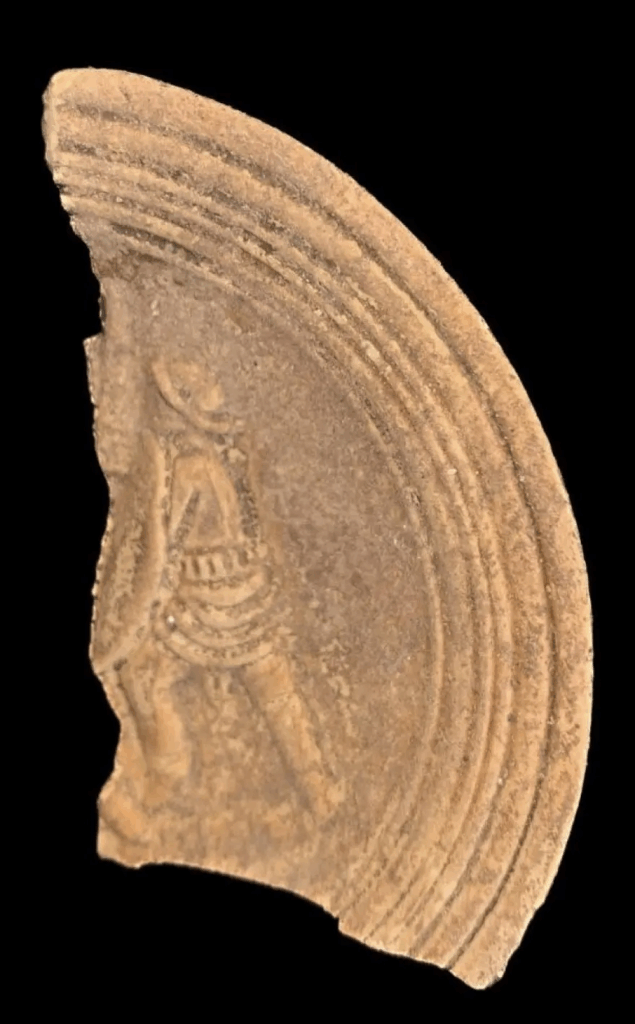Paros: New archaeological discoveries at the ancient sculpture workshop in Parikia
- Written by E.Tsiliopoulos
Recent excavations have uncovered additional rooms of the building complex, with walls preserved to impressive heights. Notably interesting are the movable finds, which include semi-finished marble sculptures, mainly of Aphrodite, clay heads of female figures, as well as clay molds and seals. A large quantity of ceramics was also collected.

The site began to be excavated in the mid-1980s, revealing three building units. Deposits of marble debris in various parts of the site and the significant number of semi-finished marble sculptures are strong early evidence of a sculpture workshop functioning at Floga during the Hellenistic period.
Excavations resumed at the site in 2008, and since 2013, the excavation has taken on a systematic character. Recent research has uncovered new architectural remains, some built upon earlier constructions, confirming the long-term use of the site.

These relate to earlier phases dating from the late 5th to the 4th century BC. The movable finds from the earlier phase (fragments of mainly tableware for eating and drinking, and less utilitarian or storage vessels) indicate the site’s residential use during the Classical period.
Based on the latest excavation data, a radical reorganization of the space is dated to the late 3rd and early 2nd centuries BC. The internal layout of the revealed building units confirms the continuation of the site’s residential character into the Hellenistic period. The discovery of a room with cobblestone flooring and wall painting sections mimicking marble slabs, identified as a men’s room, supports this interpretation.


Related items
-
 St. Nicholas Greek Orthodox Church: “Christmas at the Castle” concert
St. Nicholas Greek Orthodox Church: “Christmas at the Castle” concert
-
 Why Tsipras is burning bridges with the past - The background behind the attacks on former associates
Why Tsipras is burning bridges with the past - The background behind the attacks on former associates
-
 The Greek island adored by the Spanish media: “It hides the mystery of Homer’s tomb”
The Greek island adored by the Spanish media: “It hides the mystery of Homer’s tomb”
-
 European Commission gives positive marks to Greece's draft budget for 2026
European Commission gives positive marks to Greece's draft budget for 2026
-
 Greek National Opera: Winners of international opera awards 2025
Greek National Opera: Winners of international opera awards 2025
Latest from E.Tsiliopoulos
- St. Nicholas Greek Orthodox Church: “Christmas at the Castle” concert
- Why Tsipras is burning bridges with the past - The background behind the attacks on former associates
- The Greek island adored by the Spanish media: “It hides the mystery of Homer’s tomb”
- European Commission gives positive marks to Greece's draft budget for 2026
- Greek National Opera: Winners of international opera awards 2025

